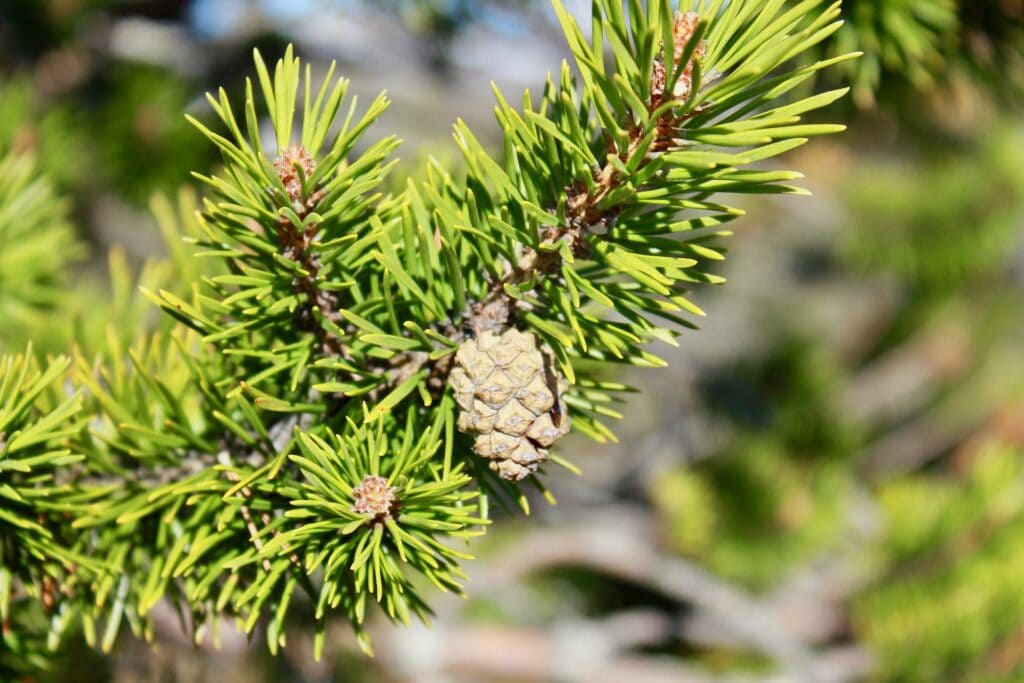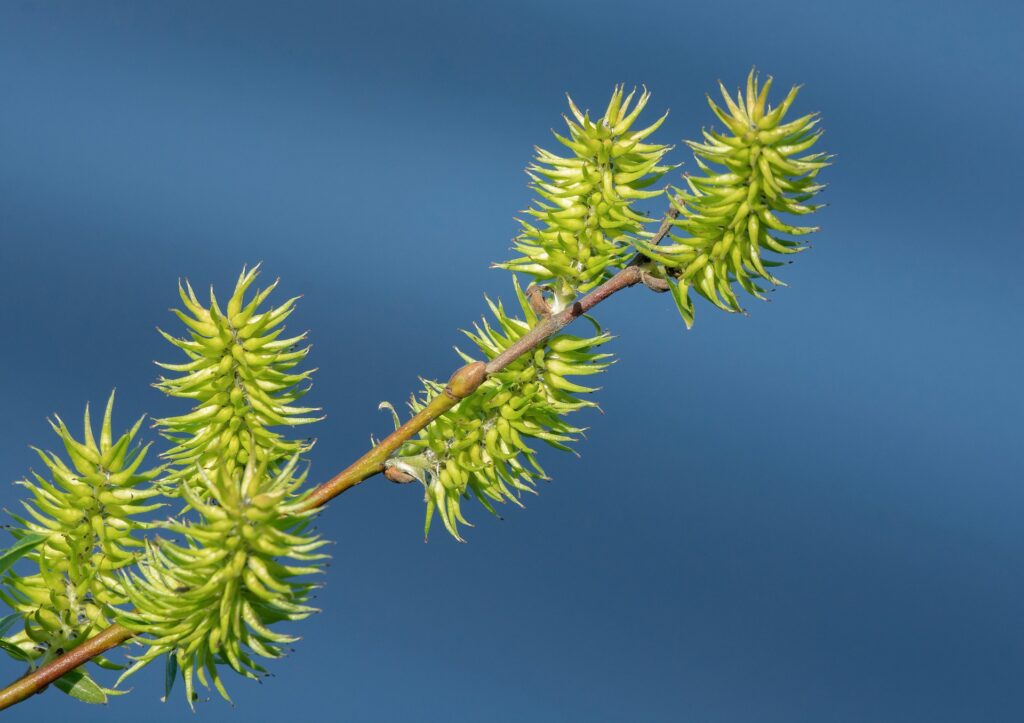What Is the State Tree of Minnesota? Facts & FAQ
-
Chris Dinesen Rogers
- Last updated:

You can learn a lot about a state when you learn its recognized symbols. It’s no wonder that Florida chose the orange for its state fruit or Wisconsin opted for the dairy cow as its state domesticated animal. Minnesota’s pick for its state tree comes with a bit of a twist. Not only did it designate a seemingly obvious selection, but it also renamed it to reflect its cultural heritage.
The official tree for the Land of 10,000 Lakes is a familiar species, particularly if you embrace the Northwoods lifestyle. After all, forests cover about one-third of the state. Its choice for this honor is one of the 53 native species found in the state, the Red Pine (Pinus resinosa).
 History of State Symbols
History of State Symbols
If you look at the list of the different state symbols, you’ll find an odd collection of items. While a nickname or motto seems appropriate, we have to admit scratching our heads when learning about Delaware’s state soil, Greenwich Loam, or California’s state fossil, the Saber-Toothed Cat. However, we must agree that it’s a feel-good action by a state that distracts us from the weighty matters of the day.
The history of naming state symbols goes back to 1893 and the flower. The Chicago World’s Fair introduced Americans to this floral concept for its “National Garland of Flowers.” Most of the later efforts that championed animals, plants, and gems were grass-roots movements often involving civic groups and schoolchildren. It’s been an excellent way to involve citizens in the legislative process.
The Minnesota State Tree

The Minnesota state tree is one of 22 symbols that it has designated. Some, like its flower, the Pink and White Lady Slipper, have benefited Nature by leading to legal protections for vulnerable species. According to the International Union for Conservation of Nature and Natural Resources (IUCN), the Red Pine is a species of least concern. Its population has been increasing in recent years.
Nevertheless, it is a North American species. Illinois and Connecticut list it as a critically imperiled species. Manitoba and Newfoundland consider it vulnerable. It exists in the northern half of Minnesota and is absent in the extreme northwestern corner of the state. Its history and importance to the state are legendary.
This species, like the White Pine, played a critical role in the early settlement of the United States for its lumber. It is a large species, with trunk diameters of first-growth specimens averaging 3 feet or more. The Minnesota Federation of Women’s Clubs and Minneapolis Friday Study Club spearheaded the movement to give the tree its official designation.
The legislation of Minnesota Statutes 1.143 described the species as “…a tree that has supplied much of the timber that was harvested in the State of Minnesota in years gone by, and helped lay the foundation for much of the wealth of the State of Minnesota….” The honor was a no-brainer when it became law on February 18, 1953.
Another common name for the tree is the Norway Pine. As we’ve discussed earlier, it is a North American species. Interestingly, Minnesota wasn’t new to embracing a misnomer for a state symbol, the then-called Wild Lady’s Slipper. Perhaps, we can have an amnesty in that direction. After all, over 14% of the population has Norwegian ancestry.
The Norway Pine
The Norway Pine is a majestic tree worthy of its state designation. It can reach heights up to 120 feet or more. The bark consists of gray scales with reddish-brown patches between them. It has two spiral-shaped needle leaves in each bundle. These two traits are excellent ways to identify coniferous species.
While some older specimens exist, you’re more likely to find plantations for evenly spaced rows of Norway Pines. It prefers dry, acidic soils with full sun. It thrives in USDA Plant Hardiness Zones 3–6b. It offers several benefits to homeowners as a windbreak and avian habitat. It is both deer and rabbit resistant. It can also tolerate arid conditions while providing a habitat for birds.
Final Thoughts
The Norway Pine is a fitting choice for Minnesota’s state tree. It has benefited its residents through the years in a myriad of ways. It’s a handsome tree that captures the quintessential look of the Northwoods. We can’t help but think that the citizens would pick this species for its favorite one even nearly 70 years later. It’s a testament to its importance and value to the state.
- https://statesymbolsusa.org/symbol-official-item/florida/state-food-agriculture-symbol/orange
- https://statesymbolsusa.org/states/united-states/wisconsin
- https://www.dnr.state.mn.us/trees/index.html
- https://statesymbolsusa.org/symbol-official-item/delaware/state-soil/greenwich-loam
- https://statesymbolsusa.org/symbol-official-item/california/state-dinosaur-fossil/sabre-tooth-cat
- https://learninglab.si.edu/collections/a-national-garland-how-women-led-the-movement-to-declare-state-flowers/mAFroO4vbPlJakiE
- https://www.netstate.com/states/symb/flowers/mn_pink_white_lady_slipper.htm
- https://www.iucnredlist.org/species/42410/2978087
- https://explorer.natureserve.org/Taxon/ELEMENT_GLOBAL.2.151468/Pinus_resinosa
- https://webapps15.dnr.state.mn.us/mntaxa/reports/index
- https://www.minnesotawildflowers.info/tree/red-pine
- https://www.leg.mn.gov/leg/symbols
- https://www.revisor.mn.gov/statutes/cite/1.143
- https://www.revisor.mn.gov/laws/1953/0/Session+Law/Chapter/20/pdf/
- https://mn.gov/admin/demography/data-by-topic/immigration-language/
- https://planthardiness.ars.usda.gov/
Featured Image Credit: Pixabay
Contents
 History of State Symbols
History of State Symbols